

2019-04-19 12:35:00 Fri ET
stock market competition macrofinance stock return s&p 500 financial crisis financial deregulation bank oligarchy systemic risk asset market stabilization asset price fluctuations regulation capital financial stability dodd-frank
Federal Reserve proposes to revamp post-crisis rules for U.S. banks. The current proposals would prescribe materially less strict requirements for community banks and regional financial institutions with less systemic risk exposure, whereas, the most stringent requirements remain for big banks that pose the greatest risks to the U.S. financial system. The most stringent requirements include the Dodd-Frank macroprudential stress tests that focus on the main vulnerable parts of the financial system such as residential mortgages, auto loans, and corporate credit lines. The new rules would significantly reduce regulatory barriers for small community banks and regional financial institutions. Specifically, the smaller deposit-takers operate within the reasonable range of $100 billion-$250 billion in total assets. U.S. banks that operate with $250+ billion total assets (or $75 billion cross-jurisdictional capital flows) would continue to meet the same prudential standards such as high liquidity coverage and sufficient core equity capital adequacy etc.
The U.S. globally systemically important banks (GSIBs) would continue to conduct the Federal Reserve macro stress tests each year, but these GSIBs would report the test results only once every 2 years. These recent institutional arrangements help ensure a balance between macro-financial stabilization and micro-prudential deregulation.
If any of our AYA Analytica financial health memos (FHM), blog posts, ebooks, newsletters, and notifications etc, or any other form of online content curation, involves potential copyright concerns, please feel free to contact us at service@ayafintech.network so that we can remove relevant content in response to any such request within a reasonable time frame.
2018-07-17 08:35:00 Tuesday ET
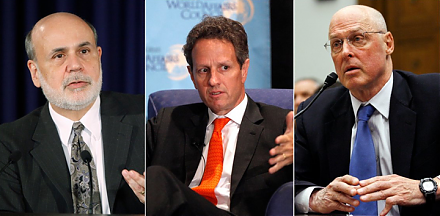
Henry Paulson and Timothy Geithner (former Treasury heads) and Ben Bernanke (former Fed chairman) warn that people seem to have forgotten the lessons of the
2020-03-12 09:32:00 Thursday ET

Google CEO Eric Schmidt and his co-authors show the innovative corporate culture and mission of the Internet search tech titan. Eric Schmidt, Jonathan Ro
2019-04-11 07:35:00 Thursday ET
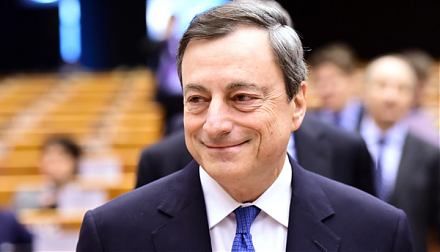
European Central Bank designs its current monetary policy reaction function and interest rate forward guidance in response to key delays in inflation conver
2018-06-09 16:40:00 Saturday ET
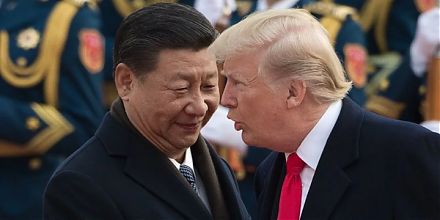
The Trump administration introduces new tariffs on $50 billion Chinese goods amid the persistent bilateral trade dispute. The tariffs effectively boost cost
2018-05-07 07:32:00 Monday ET
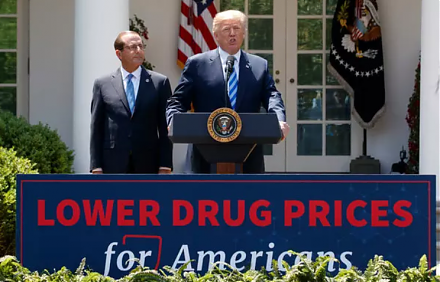
President Trump seeks to honor his campaign promise of lower U.S. medical costs by forcing higher big-pharma prices in foreign countries such as Canada, Bri
2017-04-07 15:34:00 Friday ET
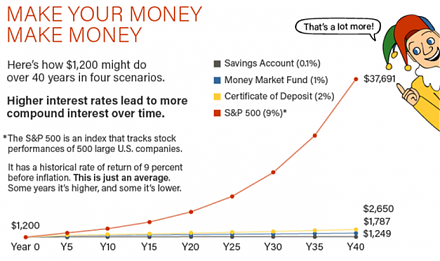
Would you rather receive $1,000 each day for one month or a magic penny that doubles each day over the same month? At first glance, this counterintuitive